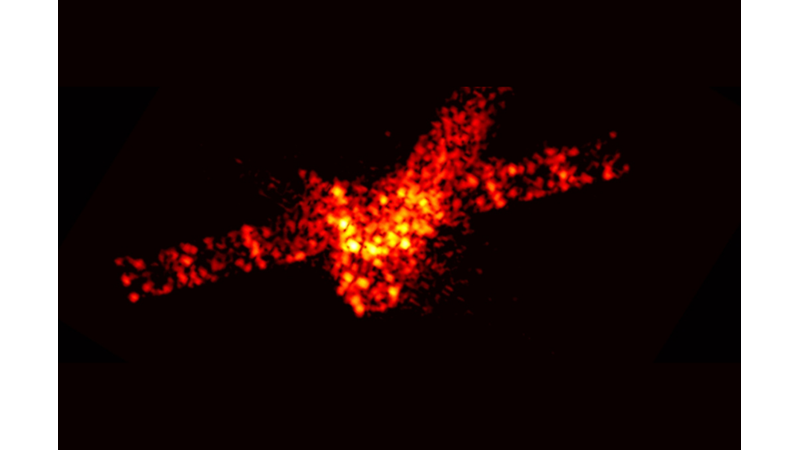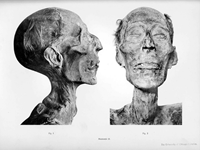The European Space Agency has released photos showing the Aeolus satellite tumbling to a fiery death as it re-enters Earth's atmosphere at 16,700 miles per hour.
The Aeolus satellite was launched into space in 2018. It was the first satellite with powerful laser technology capable of wind observation on a global scale.
According to ESA, Aeolus improved weather forecasts and climate models during its 5-year mission. But Aeolus was retired in July, at which point it had gone from a state-of-the-art satellite to just a piece of space junk.
According to NASA, when nearby satellites are no longer useful, they often fall out of orbit and fall back to Earth, burning up in our planet's atmosphere. This is indeed what happened with Aeolus, but in a more controlled manner than is typical.
ESA took the end of Aeolus as an opportunity to trial a first-of-its-kind re-entry manoeuvre called "assisted re-entry", ESA said on Tuesday.
How can assisted re-entries make the decommissioning of satellites safer?
The assisted re-entry manoeuvre involved a series of deorbits in which the satellite got closer and closer to Earth, but remained in orbit.
This allowed ESA to accurately map where the satellite would eventually re-enter the Earth's atmosphere, helping to reduce the risk of any debris that did not burn up completely landing near any populated area.
Ultimately, ESA calculated that the satellite would crash and burn over Antarctica, far from populated areas. According to Space.com, about 80 per cent of the satellite burned up and 20 per cent survived re-entry.
"By assisting the natural, uncontrolled re-entry of Aeolus and choosing the best re-entry trajectory, the already very small risk of any surviving fragment landing near populated areas has been made 150 times less risky," ESA said.
The ESA statement also said the assisted re-entry approach "shortens the time Aeolus is left uncontrolled in orbit by several weeks, limiting the risk of collisions with other satellites on this vital space highway".
By 2022, there will be more than 6,000 active, working satellites in orbit, compared to just under 1,000 in 2010. This means that there is a greater risk of satellites crashing into each other and space debris falling on populated areas on Earth.
Although no one has ever been seriously harmed by space debris, the risk is real and is increasing as more satellites enter Earth's orbit, ESA said.
The more traffic up there, the more likely it is that debris will rain down, ESA said. Especially as defunct satellites continue to operate above without instructions from Earth.
Taking these factors into account, ESA promises to be more careful when it comes to space junk. "Making space missions safer is a particularly important concern for the agency," ESA said.
Aeolus' assisted re-entry was part of a mission to make satellite re-entry safer.
"With Aeolus, in a remarkable example of sustainable spaceflight and responsible operations, we stayed on mission as long as we could and guided its return as far as possible," Aeolus Mission Manager Tommaso Parrinello said in a statement.
Source: https://www.sciencealert.com/


 Nielawore
Nielawore









Yorum yazmak için lütfen giriş yapınız